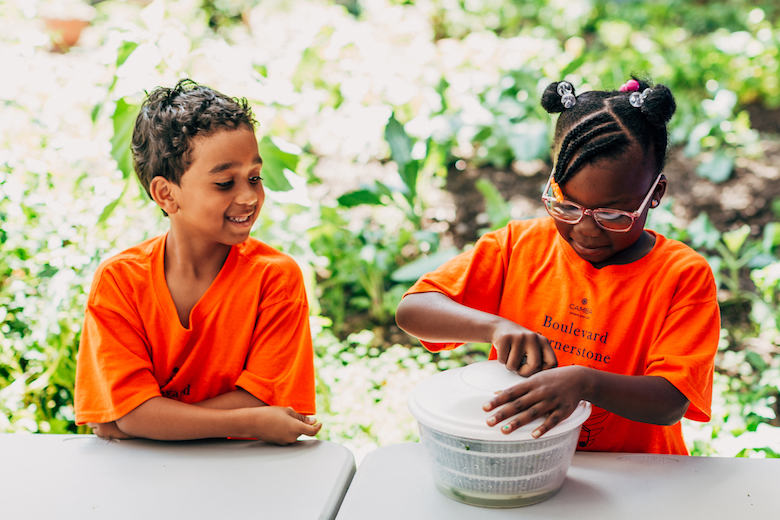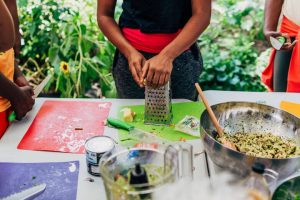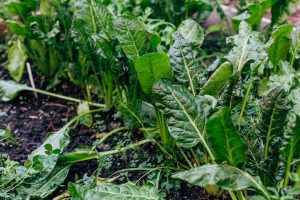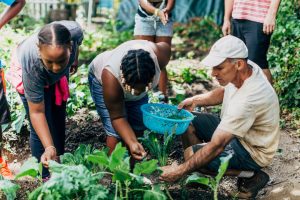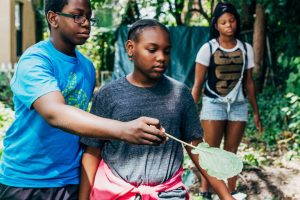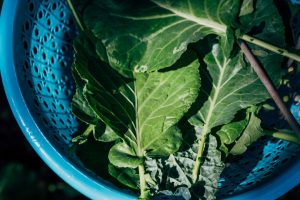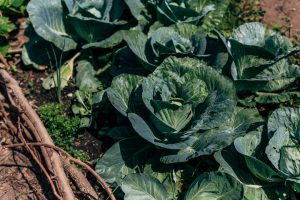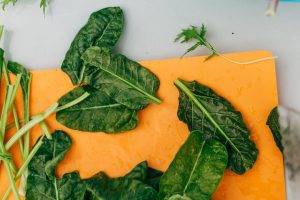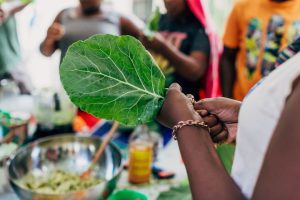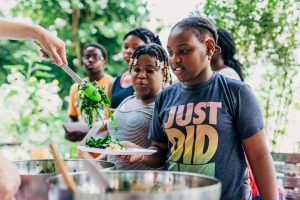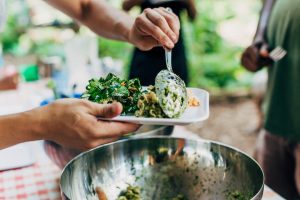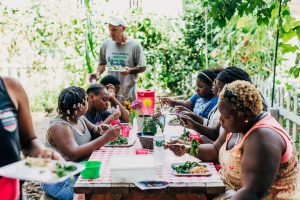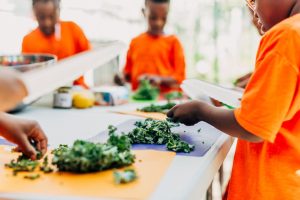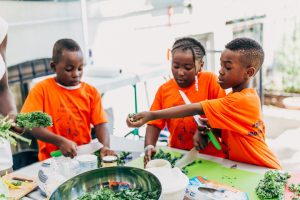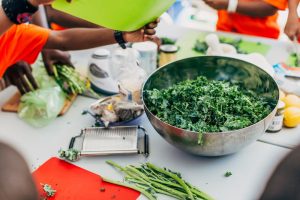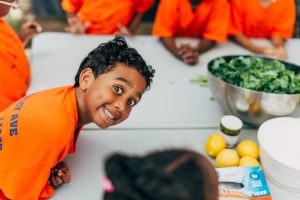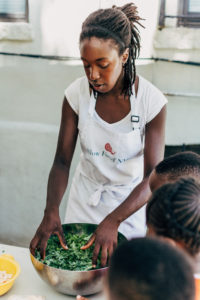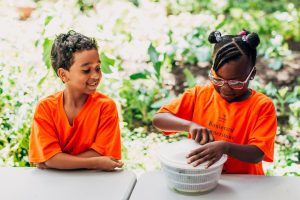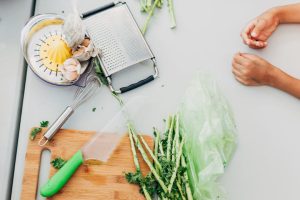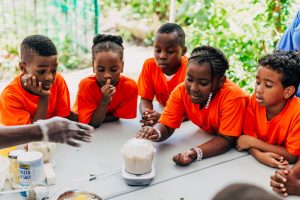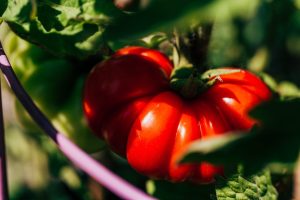
Of the 1,840 public schools in New York City, 56 percent bring in external organizations to teach students about nutrition. These nutrition education programs (NEPs), mostly offered by nonprofits, help students navigate their food environments and make choices that promote health, ecological sustainability and social justice.
To determine what kind of opportunities available to kids, researchers from the Tisch Food Center at Columbia’s Teachers College sought to understand the landscape of these organizations in the city. They surveyed 40 organizations who run 101 NEPs in schools across New York. “The NYC school district is massive, so it’s understandable that there are so many programs working to bring these experiences to kids, but it begs the question: who are they reaching and how can we ensure that all kids have access to these opportunities?” says Claire Uno, deputy director of the Tisch Food Center. The center recently released “A is for Apple: The State of Nutrition Education Programs in New York City Schools” to share their findings.
More than nutrition
NEPs are about more than just healthy eating—programs range from making and eating a salad to learning how to be a critical consumer to social justice as it relates to food. “Nutrition education has grown a lot over the years,” says Claire. “It’s really about getting kids motivated then giving them the skills to act and be advocates for better eating.”
Encouragingly, the number of schools offering one or more NEPs has increased substantially over the past five years, but 44 percent of schools still don’t offer external nutrition education programs. Most elementary schools—over 70 percent—offer NEPs, while high schools lag behind at 32 percent. Schools with the highest and lowest percentages of students eligible for free or reduced lunch offer NEPs slightly more frequently than those in the middle. The ultimate goal of the Tisch Food Center is to ensure that all schools are able to incorporate nutrition education into core academic programming.
Accompanying the report is a searchable database of NEPs in the city, a one-stop-shop for schools who want to embed these kinds of programs into their curricula. Funders and policymakers will also hopefully use these findings to think strategically about investments and needed policy changes. For organizations offering NEPs, the results of this research are helping facilitate collaboration and coordination. “There is a lot of excitement to explore how these organizations can complement each other,” says Claire. “It’s an opportunity to leverage all of our strengths and to have a bigger collective impact.”
Photos of Slow Food NYC‘s Urban Harvest at Ujima Farm and Urban Harvest in Schools programs, which are featured in the NEP database, courtesy of Erik Bardin and Matt Powell.


